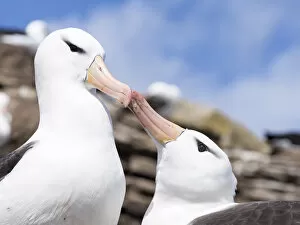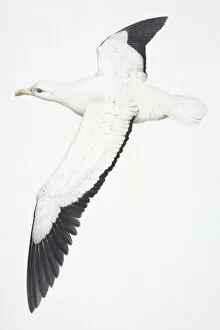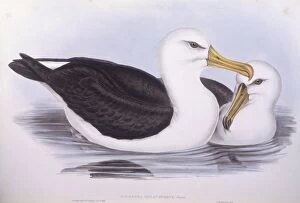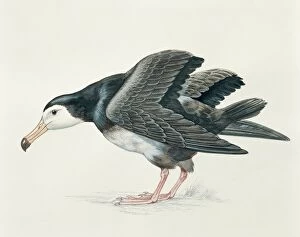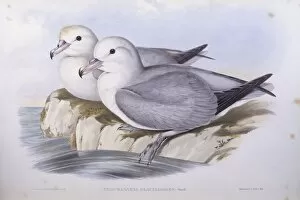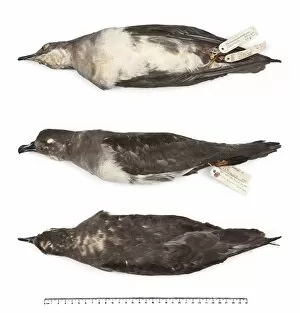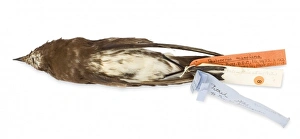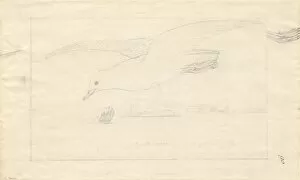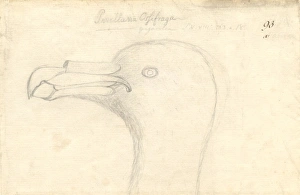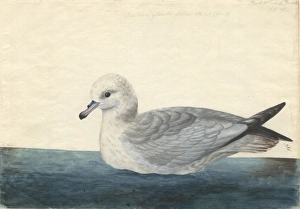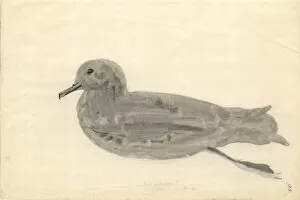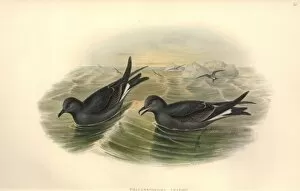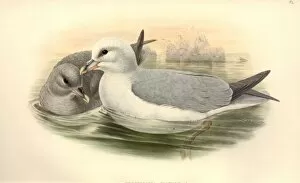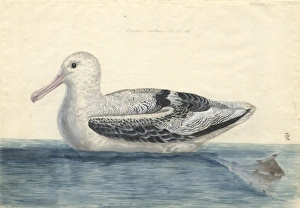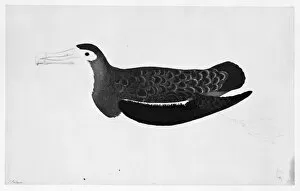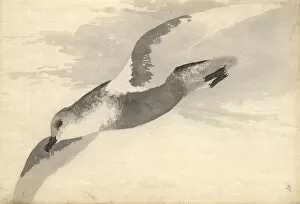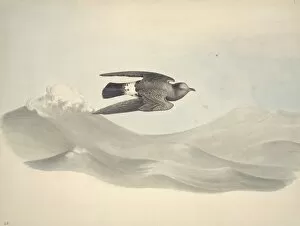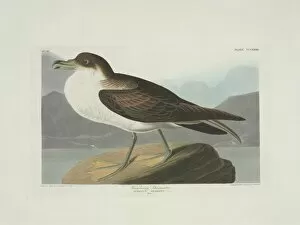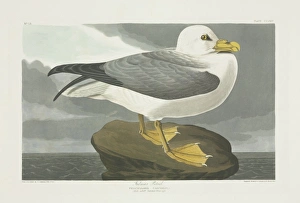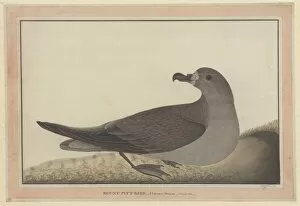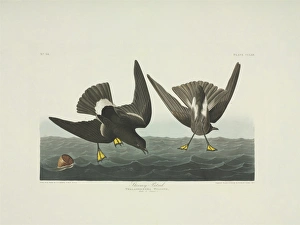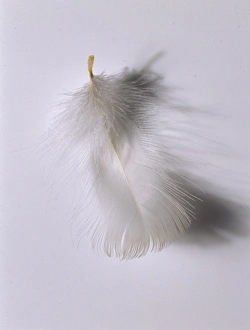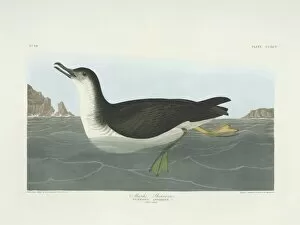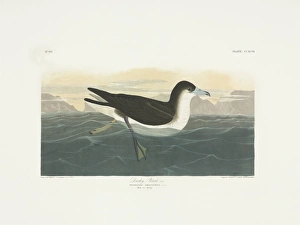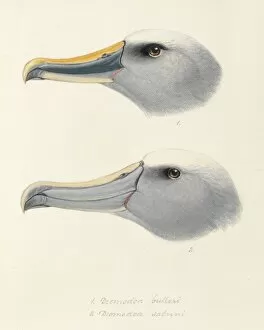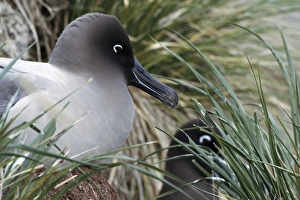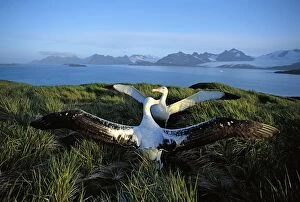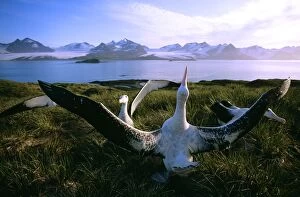Procellariiformes Collection (page 3)
Procellariiformes, a fascinating group of seabirds, includes some remarkable species such as the Wandering Albatross (Diomedea exulans
All Professionally Made to Order for Quick Shipping
Procellariiformes, a fascinating group of seabirds, includes some remarkable species such as the Wandering Albatross (Diomedea exulans). With its impressive wingspan and striking appearance, this large white bird with black feathers at the end of its wings is truly a sight to behold. Found in the Antarctic region and on islands in the southern ocean, it gracefully soars through the sky, capturing our imagination. Another member of this avian family is the White-vented Storm Petrel (Oceanites gracilis galapagoensis), known for its unique ability to run across water. This small seabird effortlessly skims over the waves while searching for food, showcasing its agility and adaptability. Cory's Shearwaters (Calonectris diomedea) are also part of this diverse group. These birds dive fearlessly among shoals of fish to satisfy their hunger. Witnessing their feeding frenzy is an awe-inspiring spectacle that highlights their incredible hunting skills. The Yellow-nosed Albatross (Thalassarche chlororhynchos) adds a splash of color to this family with its distinctive beak. These majestic creatures can be found nesting on remote islands in Antarctica and other parts of the Southern Ocean. During courtship season, Wandering Albatrosses engage in mesmerizing displays on Albatross Island in South Georgia. Their intricate dances and calls create an enchanting atmosphere that symbolizes love and commitment within these magnificent birds' lives. As day turns into night over the Southern Ocean between Invercargill and Campbell Island in New Zealand, one might catch a glimpse of Light-mantled Sooty Albatrosses (Phoebetria palpebrata) soaring against a breathtaking sunset backdrop. The beauty displayed by these birds perfectly encapsulates nature's wonders.

